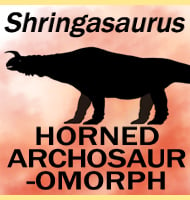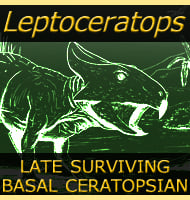Stomatosuchus
In Depth Even though it was ten meters long, it is not its size that makes Stomatosuchus stand out but its presumed feeding strategy. The upper jaw only had small conical teeth, while the lower jaw has been suggested at being toothless, with the inclusion of a pelican like pouch underneath. This is unprecedented amongst … Read more

